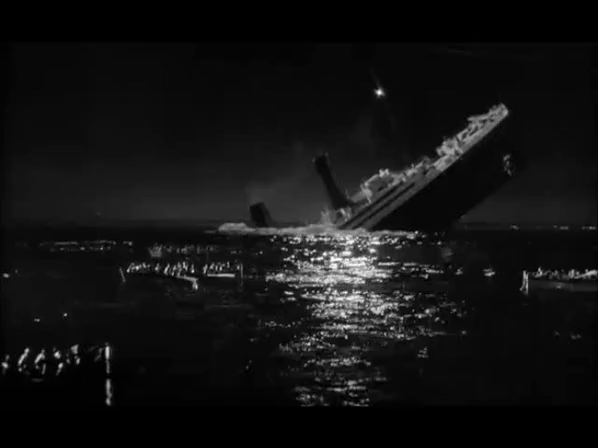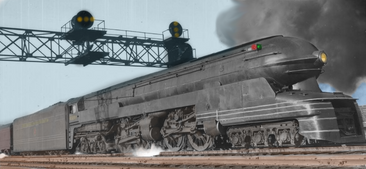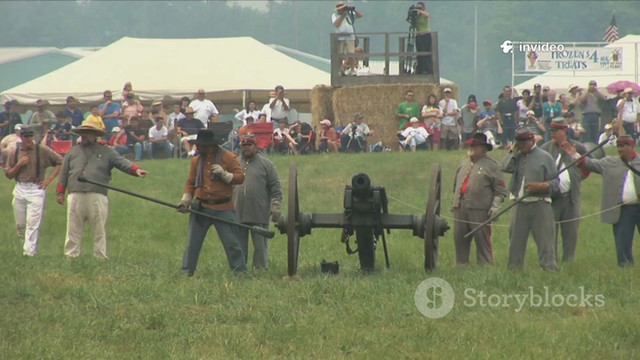HOME | DD
 Engine97 — Wreck of the 1411
Engine97 — Wreck of the 1411

Published: 2014-07-24 02:42:56 +0000 UTC; Views: 1886; Favourites: 27; Downloads: 10
Redirect to original
Description
I bought this picture on Ebay a while back and decided to upload it. It's a slightly closer view of the wreck of the 1411 than the other one I uploaded. On May, 15, 1950 Western Maryland Railway Potomac 4-8-4 number 1411 hit a rock slide and plunged into the C&O Canal. It was promptly repaired and put back into service.
INTERSTATE COMMERCE COMMISSION
WASHINGTON
REPORT NO. 3332
WESTERN MARYLAND RAILWAY COMPANY IN RE ACCIDENT NEAR PEARRE, ND., ON MAY 15, 1950
Report No. 3332
SUMMARY
Date: May 15, 1950
Railroad: Western Maryland
Location: Pearre, Md.
Kind of accident: Derailment
Train involved: Freight
Train number: Extra 1411 West
Engine number: 1411
Consist: 118 cars, caboose
Estimated speed: 35 m. p. h.
Operation: Timetable, train orders and automatic block-signal system
Track: Single; 3 degrees 30' curve; 0.24 percent ascending grade westward
Weather: Raining
Time: 3:35 a.m.
Casualties: 3 injured
Cause: Rock slide
INTERSTATE COMMERCE COMMISSION
REPORT NO. 3332
IN THE MATTER OF MAKING ACCIDENT INVESTIGATION REPORTS UNDER THE ACCIDENT REPORTS ACT OF MAY 6, 1910.
WESTERN MARYLAND RAILWAY COMPANY
July 24, 1950
Accident near Pearre, Md., on May 15, 1950, caused by a rock slide.
REPORT OF THE COMMISSION 1
PATTERSON, Commissioner:
On May 15, 1950, there was a derailment of a freight train on the Western Maryland Railway near Pearre, Md., which resulted in the injury of three train-service employees.
Report No. 3332 Western Maryland Railway Pearre, Md. May 15. 1950
Location of Accident and Method of Operation
This accident occurred on that part of the Hagerstown Division extending between Hagerstown and MY, Cumberland, Md., 77.2 miles. In the vicinity of the point of accident this is a single-track line, over which trains are operated by timetable, train orders and an automatic block-signal system. The accident occurred on the main track at a point 42.21 miles west of Hagerstown and 2.01 miles West of the station at Pearre. From the east there are, in succession, a tangent 647 feet, a 5 degrees curve to the left 647 feet and a 3 degrees 30' curve to the left 705 feet to the point of accident and 185 feet westward. The grade is level 3,379 feet and than 0.24 percent ascending 2,115 feet to the point of accident and 2, 375 feet westward.
The track structure consists of 131-pound rail, 39 feet in length, laid on an average of 22 treated ties to the rail length. It is fully tieplated with double-shoulder tieplates, spiked with 4 spikes per tieplate and is provided with 4-hole head-free toeless joint bars and 8 rail anchors per rail length. The track is ballasted with crushed stone to a depth of 24 inches under the ties.
Throughout a distance of about 1-1/2 miles east of the point of accident the railroad is located near the base of a cliff, which parallels the Potomac River on the north at a distance of about 200 feet. At the point of accident the cliff rises to a height of about 110 feet above the level of the track and slopes northward at a ratio of about 2/3 to 1. At a point 60 feet above the level of the track the cliff is 40 feet north of the center-line of the track, and at the top of the cliff it is 70 feet north of the center-line of the track. The cliff is composed of layers of shale from. 6 to 24 inches thick. These layers arc tilted at an angle of about 700. In this vicinity the track is laid on a series of fills and Side-hill cuts. The Chesapeake and Ohio Canal parallels the railroad about 10 feet south of the centerline of the track. Beginning at a point 10 feet west of the point accident and extending 300 feet Westward the south shoulder of the roadbed is supported by a concrete retaining wall 25 feet in height. This wall is 10 feet south of the Center-line of the track. The north ditch-line of the road bed is about 12 feet from the center-line of the track.
Automatic block-signals A-1280 and A-1290, governing west-bound movements, are located, respectively, 4,649 feet east and 366 feet west of the point of accident. These signals arc of the one-arm, upper-quairant semaphore type and display three aspects. They are approach lighted. Electrical knife switches are located at each of these signals. They are so arranged that their operation will cause the signals to indicate Stop, and are provided for use by track patrolmen in case of a track obstruction or other unsafe condition.
In this vicinity the maximum authorized speed for freight trains is, 35 miles per hour.
Description of Accident
Extra 1411 West, consisting of engine 1411, 118 cars and a caboose, departed from Hagerstown at 11:56 p.m., May 14, passed Big Pool Junction, the last open office, 24.01 miles east of the point of accident, at 2:49 a.m., May 15, passed signal A-1280, which indicated Proceed, and while moving at an estimated speed of 35 miles per hour it struck a rock slide and was derailed.
The engine stopped in the canal, nearly upright, with its front end 200 feet west of the point of derailment. A separation occurred between the engine and the tender. The tender stopped upside down and behind the engine. The first 12 cars were derailed and stopped in the canal. The next 3 cars Were derailed but remained on the roadbed and approximately in line with the track. The engine was badly damaged and the cab was demolished. The first 12 cars were considerably damaged and the next 3 cars were slightly damaged.
The engineer, the fireman and the front, brakeman wore injured.
It was raining at the time of the accident, Which occurred at 3:35 a.m.
Discussion
As Extra 1411 West was approaching the point where the accident occurred the speed was about 35 miles per hour. The headlight Was lighted brightly. The brakes of this train had been tested and had functioned properly when used en route. The enginemen and the front brakeman were in their respective positions in the cab of the engine. The conductor and the flagman were in the caboose. Because of track curvature the view of the point of accident was restricted to approximately 420 feet from the left aide of the cab of a west-bound engine and to about 100 feet from the right side of the cab. Visibility was further restricted by telegraph poles adjacent to the track on the inside of the curve and also by rain which was falling at that time. The fireman said he saw the slide on the track and called a warning to the engineer to the engine was about 150 feet east of the point where the accident occurred. The engineer said he immediately, attempted to initiate an emergency application of the brakes. However, before he could take tiny action to stop the train the engine struck the slide and was derailed.
Examination of the track after the accident occurred disclosed that approximately 80 cubic yards of shale had become dislodged from near the top of the cliff rind had fallen into the north drainage ditch and on the track. The north rail was covered to a maximum depth of approximately 3 feet.
The cut in which the accident occurred was completed about 1904 when the railroad was constructed. Prior to this accident only minor slides bad occurred in this vicinity. œ detailed inspection of the cliff was made by the track supervisor and by the section foreman about one weak before the accident occurred. They did not observe any indication that a slide might occur. The last train prier to Extra 1411 West passed the point of accident about 2 hours before the accident occurred. The members of the crew did not observe any unusual condition. The last inspection of the track was made about 40 minutes before the accident occurred by a track patrolman who was patrolling the track between points about 660 feet west and 1 mile east of the point of accident. He said that he did not observe any unusual condition.
A heavy rain had fallen in this vicinity throughout a period of about 4 hours before the accident occurred, and rain had, fallen intermittently during the preceding week. After the slide occurred it was observed that the face of the cliff and also the seams between the layers of shale were wet and slippery. Apparently water had seeped into a seam and had lowered the adhesion between the adjacent layers of shale sufficiently to cause the slide.
Cause
It is found that this accident was caused by a rock slide.
Dated at Washington, D. C., this twenty-fourth day of July, 1950.
By the Commission, Commissioner Patterson.
(SEAL) W. P. BARTEL,
Secretary.
FOOT NOTE
1. Under authority of section 17 (2) of the Interstate Commerce Act the above-entitled proceeding was referred by the Commission to Commissioner Patterson for consideration and disposition.
Related content
Comments: 4

Both engineer and fireman survived.
👍: 0 ⏩: 1

Good. I don't like fatalities.
👍: 0 ⏩: 0

Not that I know of. I could be wrong. I'll have to call the historical society.
👍: 0 ⏩: 0























